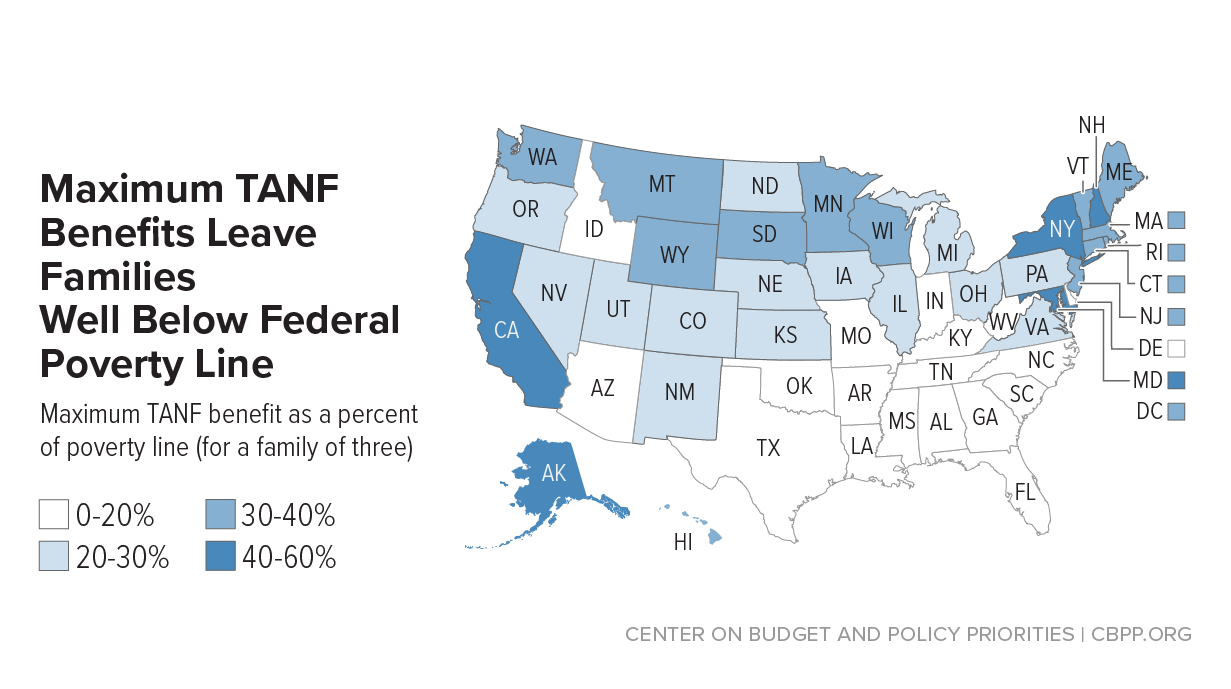

In 16 states, TANF caseloads rose by less than 10 percent between December 2007 and December 2009 in six states, caseloads actually fell. Under the TANF structure, many states’ TANF programs have responded inadequately - or not at all - to the large rise in unemployment during this very deep recession, leaving large numbers of families in severe hardship. With AFDC, federal funding rose automatically during economic downturns as state caseloads expanded, enabling states to respond to rising hardship and poverty. Under TANF, federal funding does not rise when caseloads increase in hard economic times – unlike TANF’s predecessor, Aid to Families with Dependent Children (AFDC), under which the federal government shared the costs of increased caseloads with the states. The recent recession has exposed serious weaknesses in TANF’s ability to respond to significant changes in the economy, resulting largely from its block-grant structure. The TANF block grant, however, is not the shining success that they suggest. Leading conservatives in Congress – including House Budget Committee Chairman Paul Ryan – as well as some conservative activists and commentators have recently cited welfare reform and the TANF block-grant structure as a model for reshaping the federal-state funding relationship in other programs for low-income families, such as Medicaid and the Supplemental Nutrition Assistance Program (SNAP, formerly known as food stamps).


 0 kommentar(er)
0 kommentar(er)
